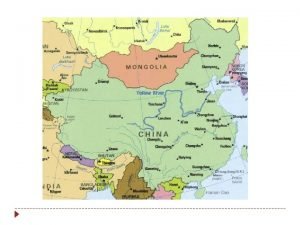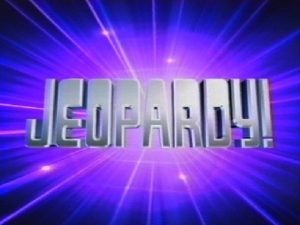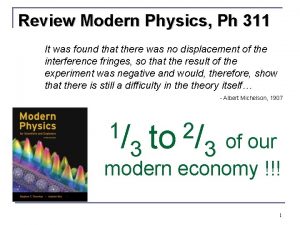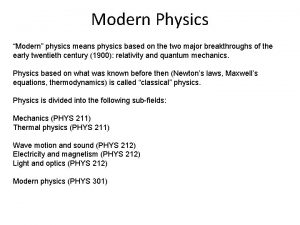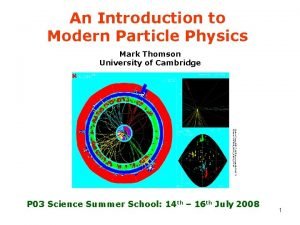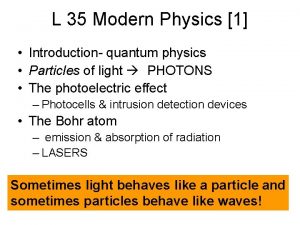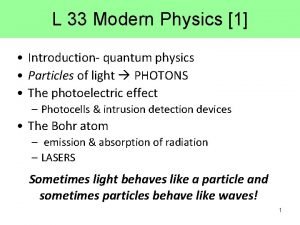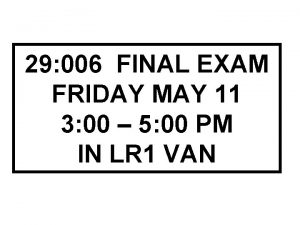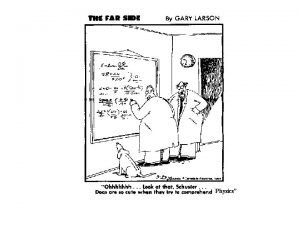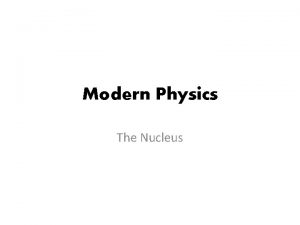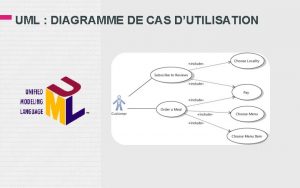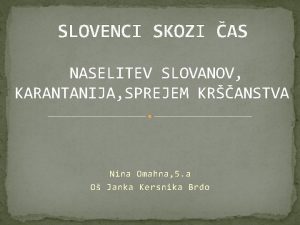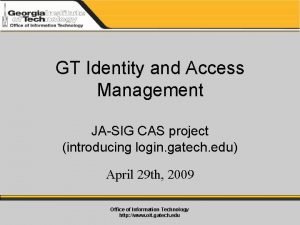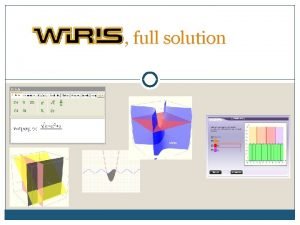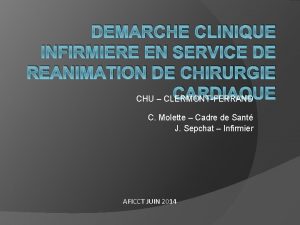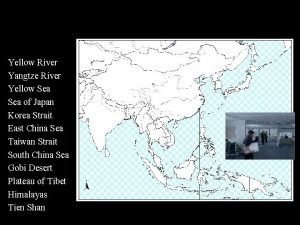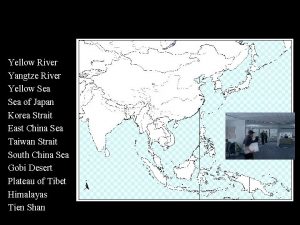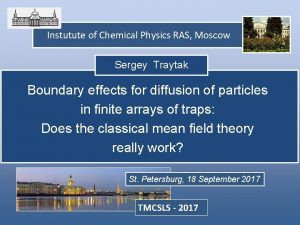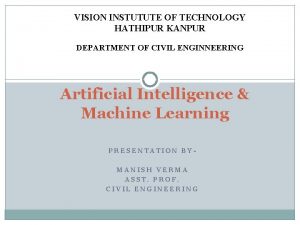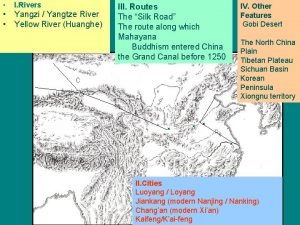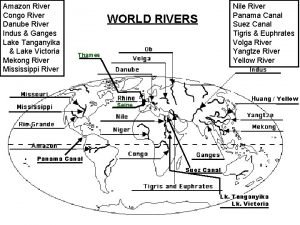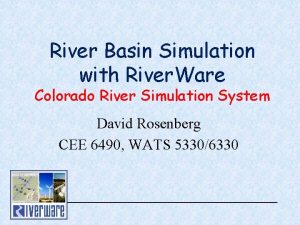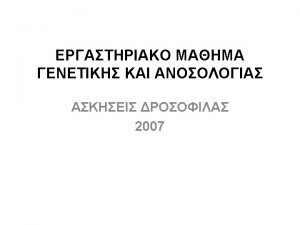Lanzhou Yellow River Instutute of Modern Physics CAS



![[RIBF-ULIC-Symposium-009] Physics of Rare-RI Ring, 10 -12 Nov. 2011, RIKEN Isochronous mass measurements of [RIBF-ULIC-Symposium-009] Physics of Rare-RI Ring, 10 -12 Nov. 2011, RIKEN Isochronous mass measurements of](https://slidetodoc.com/presentation_image_h/123a541c4ac27a250b381080ee0d97cf/image-4.jpg)
![[RIBF-ULIC-Symposium-009] Physics of Rare-RI Ring, 10 -12 Nov. 2011, RIKEN Outline 1. 2. 3. [RIBF-ULIC-Symposium-009] Physics of Rare-RI Ring, 10 -12 Nov. 2011, RIKEN Outline 1. 2. 3.](https://slidetodoc.com/presentation_image_h/123a541c4ac27a250b381080ee0d97cf/image-5.jpg)
































- Slides: 37

Lanzhou

Yellow River

Instutute of Modern Physics, CAS Heavy-Ions based research center in China. 744 staffs,30~ 45 M $/y research budget.
![RIBFULICSymposium009 Physics of RareRI Ring 10 12 Nov 2011 RIKEN Isochronous mass measurements of [RIBF-ULIC-Symposium-009] Physics of Rare-RI Ring, 10 -12 Nov. 2011, RIKEN Isochronous mass measurements of](https://slidetodoc.com/presentation_image_h/123a541c4ac27a250b381080ee0d97cf/image-4.jpg)
[RIBF-ULIC-Symposium-009] Physics of Rare-RI Ring, 10 -12 Nov. 2011, RIKEN Isochronous mass measurements of short-lived nuclides at CSRe Yu-Hu Zhang Institute of Modern Physics, CAS 11 Nov. 2011, RIKEN, Japan
![RIBFULICSymposium009 Physics of RareRI Ring 10 12 Nov 2011 RIKEN Outline 1 2 3 [RIBF-ULIC-Symposium-009] Physics of Rare-RI Ring, 10 -12 Nov. 2011, RIKEN Outline 1. 2. 3.](https://slidetodoc.com/presentation_image_h/123a541c4ac27a250b381080ee0d97cf/image-5.jpg)
[RIBF-ULIC-Symposium-009] Physics of Rare-RI Ring, 10 -12 Nov. 2011, RIKEN Outline 1. 2. 3. 4. Introduction Experiments at CSRe and data analysis Results & Discussion Summary

1. Introduction Please refer to the invited talks of Klaus Blaum (MPI) Meng WANG (CSNSM) Hans Geissel (GSI)

2. Experiments at CSRe and data analysis Layout of HIRFL-CSR complex in IMP SSC SFC RIBLL 1 ECR CSRm RIBLL 2 CSRe

ion t c je To F Principle of mass measurement in CSRe In Isochronous Mass Spectrometry (IMS mode) Low production yield and short-lived nuclides.

Experiments at CSRe 78 Kr + 9 Be Time detector gt=1. 395 368 Me. V/u

Procedure of Data analysis Ions Identification Signals in Oscilloscope Simultion. Exp. P 2

78 Kr beam: Revolution Time Spectrum Nuclides for Calibration: Unknown masses are determined via extropolation

Ni-53 Cu-55 Mn-47 Fe-49 beam: Revolution Time Spectrum V-43 58 Ni

Some techniques in the data analysis 1) 2) 3) 4) Magnetic field drift Amplitude-ion identification Extrapolation Interpolation

1) Magnetic Field Drift (78 Kr beam) 53 Co g. s plus 53 Co (3. 2 Me. V isomer)

Ref. Time Shift Correction Ref.

Corrected revolution time spectrum No Correction GSI meth. S 3 min. IMP meth. m/∆m≈1. 7 x 105 53 Co isomer E*=3174. 3(1. 0)ke. V, (20 ps difference)

Experiment: 58 Ni beam Magnetic field stability was improved Dec. 2010 Feb. 2011

58 Ni beam: Revolution Time Spectrum Sum of 760 sub-spectra, each of which includes ~100 spills 34 Ar, 51 Co: same m/q

2) Ion-amplitude identification: 51 Co

3) Extrapolation (78 Kr beam) Nuclides for Calibration:

4) Interpolation (58 Ni beam) Nuclides for Calibration:

Tz = 2, 3/ , - -1 Tz =- 2, m ) 1/ i. B ea N ( 58 m ) ea K r. B ( 78 3. Results and Discussion

Waiting point nucleus 64 Ge ?

Waiting point nucleus 64 Ge ? Abundance of burst ashes Light curve of Type I x-ray burst Effective half-life of 64 Ge Sp(65 As) = -90 (85) ke. V 1 s 2 s 89%– 90% of the reaction flow passes through 64 Ge via proton capture indicating that: 64 Ge is not a significant rp-process waiting point.


Precise mass data of astrophysics interest 43 V 47 Mn 65 As PRC 79, 045802 (2009)

Q-values for the(p, g)reactions of astrophysics interest

Nuclear Physics:test CDE calculations

Nuclear Physics:test the mass of 69 Br Sp(69 Br) = -785 (35) ke. V

Coulomb energy differences between mirror nuclei 8 14 d 5/2 Sp(69 Br) = -785 (35) ke. V ? Anything new ? s 1/2 + d 20 3/2 f 7/2 28 p 3 /2 f 5/2

N =Z Nuclear Physics:test IMME in 1 f 7/2 shell IAS + perturbation

Nuclear Physics:test IMME in 1 f 7/2 shell M (53 Ni; gs) ? M (53 Co; IAS) ? IMME broken ?

4. Summary & persperctives 78 Kr, 58 Ni 1. fragmentation 13 10 65 As: waiting point Sp(69 Br)=-785(35) ? 2. 53 Ni: IMME ? 43 V, 47 Mn: XRBs ?

In progress Previous time Detectors · IMS: double To. F · SMS method Two Time Detectors Schottky Pick-up

2 N i B Fe ea b. m 2 01 ) du -2 led ( 58 in he sc Tz = p. Ex

International collaborations:

Thank you for your attention and welcome you to visit IMP, Lanzhou
 Why does it happen
Why does it happen University physics with modern physics fifteenth edition
University physics with modern physics fifteenth edition Hov
Hov What do red raised roadway markers mean
What do red raised roadway markers mean Shang dynasty map yellow river
Shang dynasty map yellow river The leaves are little yellow fish swimming in the river
The leaves are little yellow fish swimming in the river Wheres the nile river
Wheres the nile river Map of river valley civilizations
Map of river valley civilizations Tukwila
Tukwila I am the river and the river is me
I am the river and the river is me Review of modern physics
Review of modern physics Define modern physics
Define modern physics Mark thomson particle physics
Mark thomson particle physics Modern physics
Modern physics Modern physics introduction
Modern physics introduction Modern physics introduction
Modern physics introduction Angle of banking
Angle of banking Modern physics
Modern physics Physics ib ia ideas
Physics ib ia ideas Include et extend diagramme de cas d'utilisation
Include et extend diagramme de cas d'utilisation Cas treatment approaches
Cas treatment approaches Carevo novo odelo priprema za cas
Carevo novo odelo priprema za cas Slovní úlohy o pohybu proti sobě
Slovní úlohy o pohybu proti sobě Slovenci skozi čas
Slovenci skozi čas Controlagro cas 4500 manual
Controlagro cas 4500 manual Leren hacken voor beginners
Leren hacken voor beginners Oit gatech
Oit gatech Wiris editor math
Wiris editor math Zločin in kazen sporočilo
Zločin in kazen sporočilo Paraverbalna komunikacija primjer
Paraverbalna komunikacija primjer Raisonnement clinique infirmier exemple
Raisonnement clinique infirmier exemple Ipard cas
Ipard cas Overall cas progress
Overall cas progress Cas definition ib
Cas definition ib Overall cas progress
Overall cas progress Cas clinique chirurgie digestive pdf
Cas clinique chirurgie digestive pdf Cas clinique cancer du sein
Cas clinique cancer du sein Card european de sanatate calarasi
Card european de sanatate calarasi




